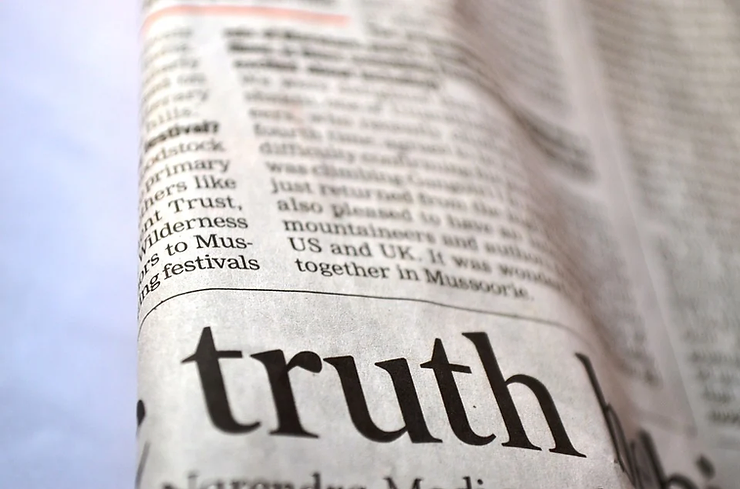
“Extraordinary claims require extraordinary evidence.”
The above quote was made popular by astronomer Carl Sagan. Although Sagan was referring to scientific evidence, this saying is equally applicable to the practice of law. While the presentation of evidence is a crucial part of any court proceeding, many parties experiencing family law litigation do not know what to expect when it comes to acquiring and presenting evidence in their case. In fact, even an experienced trial lawyer can have difficulty acquiring and presenting evidence, if the lawyer doesn’t provide the client with at least a basic working understanding of the rules of evidence. Fortunately, with a little bit of shared knowledge, client and attorney can work together as a team to gather proof and documentation necessary to prove their claims, both extraordinary and ordinary.
Before going to court, it is important for clients to understand that they must produce evidence to substantiate their claims: lawyers cannot do this on their own. Sure, many lawyers have accounts for public databases and court records, but the client should never assume their lawyer has access to any source of information that the client does not. This is why, if you are expecting to have a contested hearing involving an allegation about the other party’s bad behavior, then you should immediately search for texts, email, social media posts, etc. that verify this.
That said, below are few tips for how best to gather this information in a way that is useful for your attorney and the Court.
Texts/ Emails
Text and email conversations between former romantic partners can be vast and extensive, covering years’ worth of exchanges. For this reason, it is essential that these types of electronic communications be presented with enough context to assure the Court that nothing of importance is being left out, while at the same, not overwhelming the judge with irrelevant information. In addition, any copy of an electronic communication that is being offered into evidence should include a date-stamp from the application authenticating when the conversation took place. It is also important to ensure that the names or identifying information of the parties are clearly visible in the exhibit. For example, on a text thread, you will want to be sure that the other party’s contact information is visible at the beginning of the conversation. On a side note, this is why it’s advisable not to give the other party an insulting or demeaning name in the contact.
Below is an example of what an exhibit using a properly-formatted text message screenshot should look like:

Video/ Audio Recordings
Video and audio recordings also require that some context about the scene depicted be established before admission into evidence. This means that, if your attorney presents the evidence to you during your testimony, you will then need to testify as to the time and place of the recorded event, as well as giving a statement about the parties involved. One of the additional challenges of presenting video/audio evidence is that the recording will need to be entered into evidence in some tangible format. Remember that you will not be permitted to simply hold up your phone and play it. Accordingly, if your hearing occurs in-person, then your lawyer will be expected to provide a CD or thumb drive of the recording to the Court to permanently retain in its records. This is one of many reason why it’s essential that you provide the recording to your attorney well in advance of the court proceeding.
Business Records/ School Records
Business records, including school records, can be deceptively difficult to have admitted into evidence. The main challenge to admitting such exhibits is that the record’s authenticity must be established by either (1) calling the record keeper to testify, or (2) by having a legally proper business records affidavit on file for at least fourteen days prior to the hearing. Both options require parties to consider the logistics of authenticating the exhibit well in advance of the hearing date. Clearly it is in the client’s interest to discuss using such records as early in the attorney-client relationship as possible.
Police/ CPS Records
It is no simple matter to secure records from law enforcement agencies or Child Protective Services. Complete law enforcement records usually require that a formal request be filed under the Texas Public Information Act, which can be a time-consuming process in-and-of itself. Additionally, with any public agency record, the requested exhibit will almost certainly need to be processed by the agency’s legal department and may be heavily redacted. With CPS, for example, this process usually takes at least ten business days. Not to mention that CPS will likely require that a subpoena be personally served on the their records department.
The bottom line is that a party should never assume that evidence can be presented at the last minute. All of the above examples should make it clear that the sooner you begin thinking about evidence, the better positioned you and your lawyer will be going into Court.
We provide a free twenty-minute consultation to discuss your issues and options. Please email us at service@brandonbledsoelaw.com or call us at 512-944-3329 to set up a consultation.


